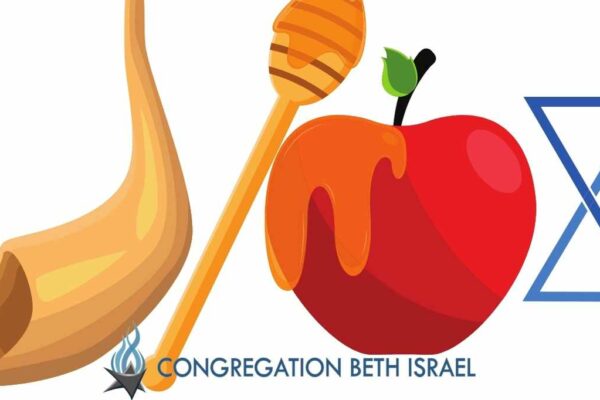Picture yourself in a garden. In front of you stands a brick wall covered with a brilliant array of flowers. Each flower displays a unique color, shape and smell. Some flowers might be in a bunch and others will be on their own. Can you see the flowers? Now I invite you to survey the assortment and see if there is a flower that immediately catches your eye. If you have it, move a little closer and smell the flower. Is the scent sweet? Is it calming or overwhelming? What does that smell remind you of? Perhaps it is the same species of flower from your grandmother’s garden who you were close with or it was part of the bouquet at your wedding. Try to hold on to how that memory is making you feel; if it gets too overwhelming, you can move on to a different flower or take a step back. Now repeat the process with one or two more. What made you choose this flower or flowers? If you haven’t already, asses if this assortment contains your favorite flower. The one that you can smell for hours and this array would be incomplete without. What about this flower speaks to you? If that flower were removed from the garden would you ever visit the garden again or could you adopt a new favored flower in its stead?
In planning the High Holy Day musical liturgy each year, I am faced with the heavy task of deciding which settings will continue to be utilized to provide our congregation with a fulfilling emotional experience and which will be put on hold. Each piece, like a flower, has a unique vocal and instrumental coloring designed to instill a certain emotional response within the service participant. Most are emotionally pleasing, others are jarring and I strive to build the musical service based on a balanced emotional arc; the majority of which will appeal to all. That being said each person receives music differently and there are pieces, though loved by many, that have lost their spark and need to be temporarily substituted so as to continue to propel our congregation upward. It is a difficult decision to make as I know full well the attachment that some have to certain musical selections because these were part of the repertoire they grew up within their childhood synagogues. Despite producing a magnificent musical experience for most, if one of our congregants does not hear their setting of B’Rosh Hashanah, their High Holy Day experience will be broken. To those who have experienced this to ome degree, I hear you, I see you, and I am you.
Taking this into account, this High Holy Days, there will be some newer selections replaced with older selections that haven’t been sung since I arrived, and in other instances, there will be familiar selections that will be replaced with newer selections to bring us into a new heightened awareness of the text. I can’t promise that you will hear the selection that is yours and if it so happens that yours is the one that might have been removed, I ask for your forgiveness and for your trust that it was done with the best of intentions. Like the farmers and gardeners in Israel that implemented shmita this year in which a portion of their land lay fallow, sometimes pieces need to take a break to be missed and better appreciated in their return. Perhaps the absence of a particular piece could cause one to have a new appreciation and love for a different piece causing them to experience a much more fulfilling High Holy Day season than ever before.
I encourage all of us this High Holy Day Season to open ourselves up to the possibility of resonating with a new piece of music so that we can take it home and continue to spread its sweetness throughout 5783. It might be hard at first, but we are not alone. We can and will do it together.
L’shanah Tovah U’Metukah,
Cantor Seth Ettinger


